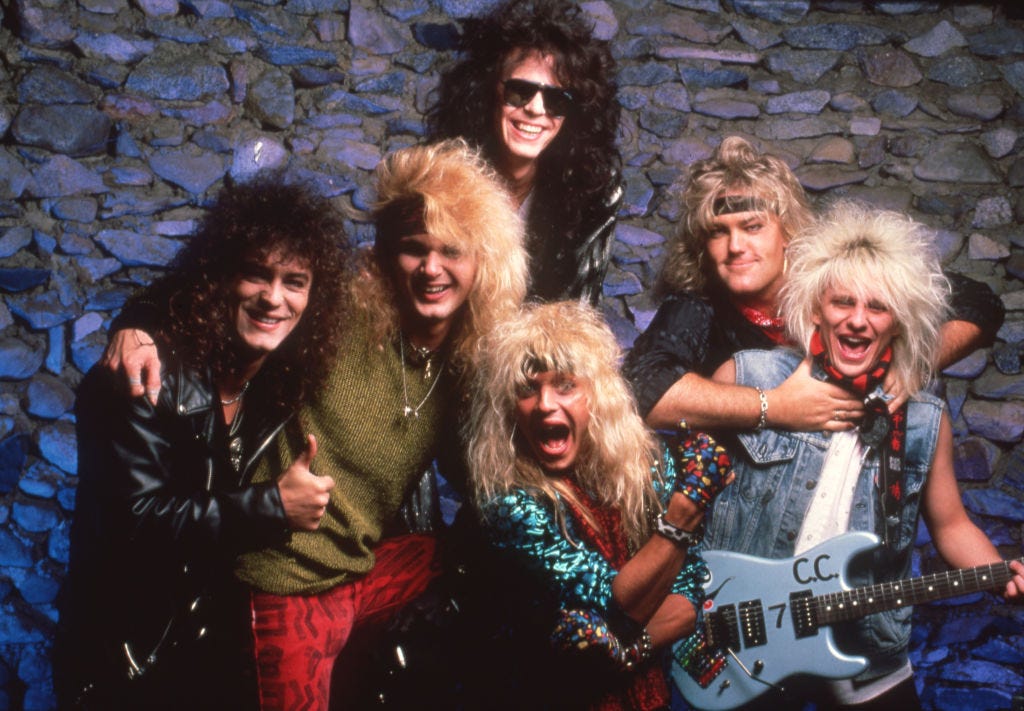I Searched For Empirical Proof that the '80s Were a Bucket Full of Ass, Artistically
What does the science say?

I have lived in Eugene, Oregon, I married a woman from Berkeley, and I worked for the EPA for many years. All of which is to say: I have spent some time around old hippies. I find old hippies — like all people — to be a mixed bag. I don’t really enjoy their stories about bravely not going to war, and I don’t like how they try to take credit for the civil rights movement even though the generation before them did all the big stuff. But there’s one point I’ll grant them: The music of the late ‘60s/early ‘70s really was good. The Beatles, the Stones, Jimi Hendrix, Led Zeppelin, Creedence Clearwater Revival and others — yes, this stuff is good. Objectively good, I’d argue.
But can I prove it? This relates to another thing I wonder: Are there “golden ages” of art? Are there times and places when the environment is conducive to creativity and a lot of great stuff gets made? It seems like there must be, right? If you’re a free-spirited 20 year-old with a song in your heart, surely you’re better off in Laurel Canyon in 1967 than Berlin in 1945. Right?
I decided to test this hypothesis. For my study, I looked at the top ten selling albums for every year from 1965 to 1974. Then, I went to Spotify and counted the number of streams for the three most popular songs on those 100 albums. I then repeated that process for 1980-1989. Why those years? Because if any era was a nadir of musical creativity, it had to be the ‘80s. The ‘80s were when the raw energy of rock gave way to a moronic echo made of synthesizers and teased hair, and when saccharine crap like Wham and Bryan Adams dominated while alt rock and rap were still figuring out how to be commercial. My goal was to pit what I believed to be the strongest era of music (‘65-’74) against the weakest one (‘80-’89) and see if the first era produced more music that has stood the test of time. And I got a pretty clear result.




